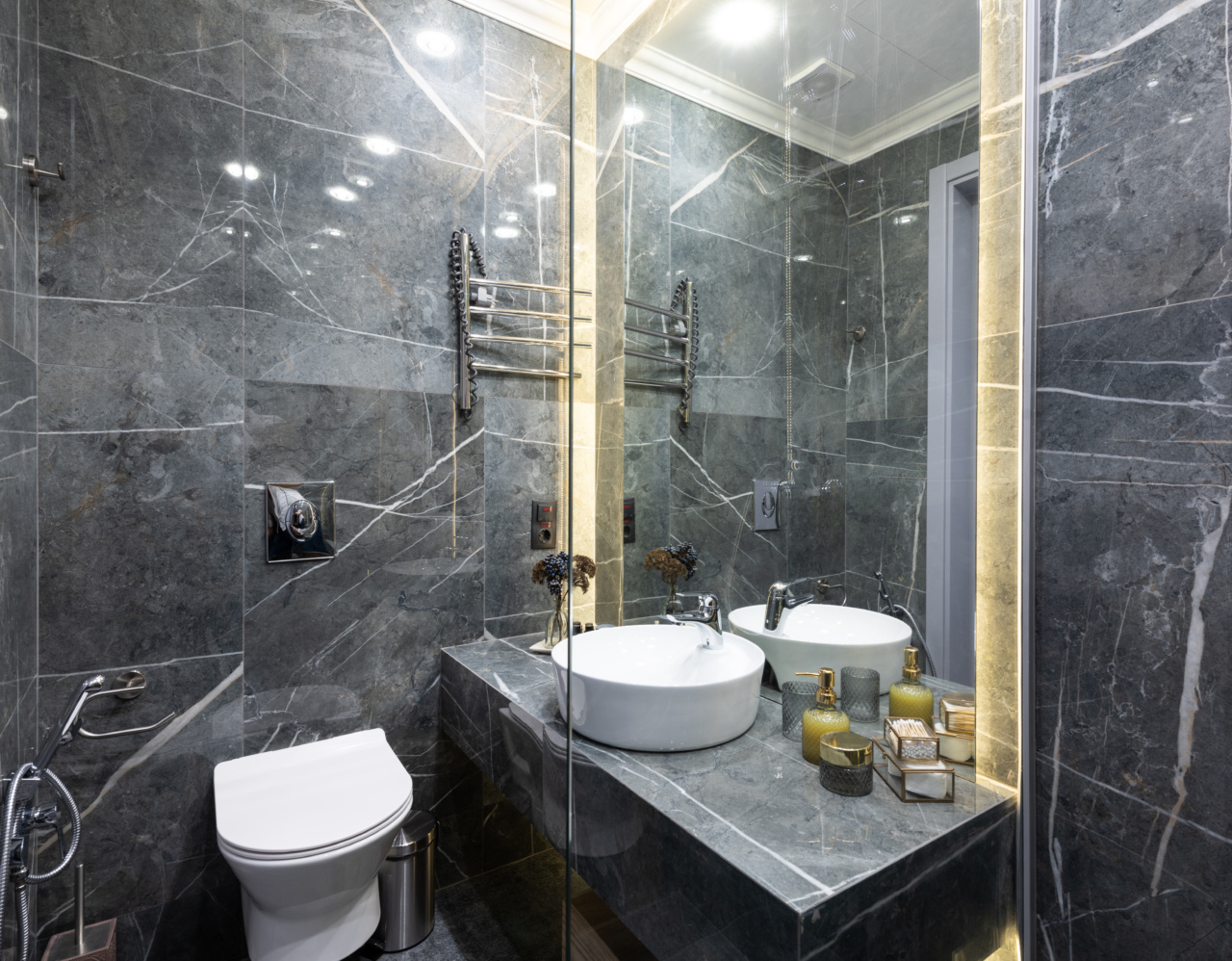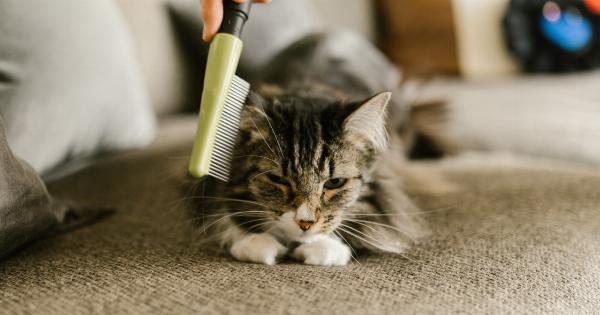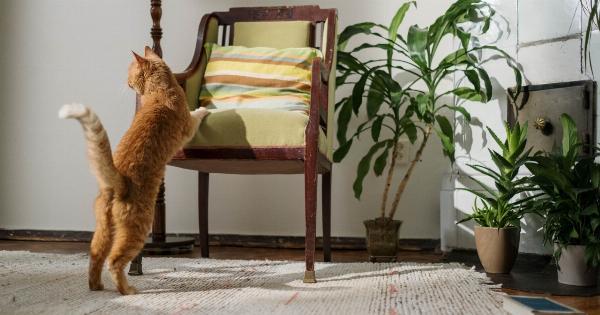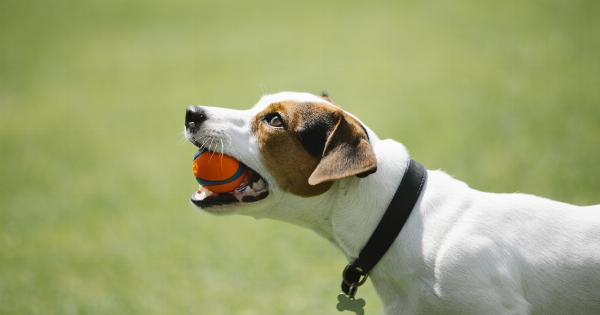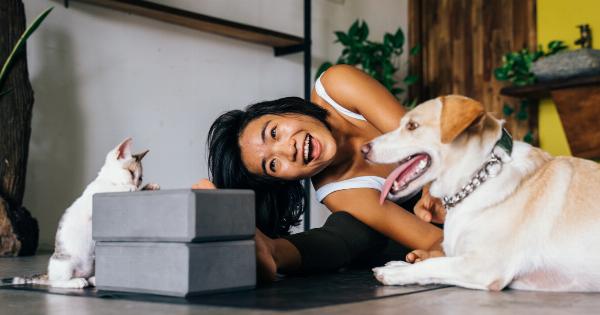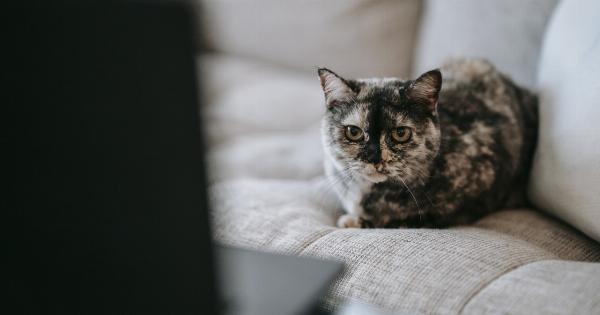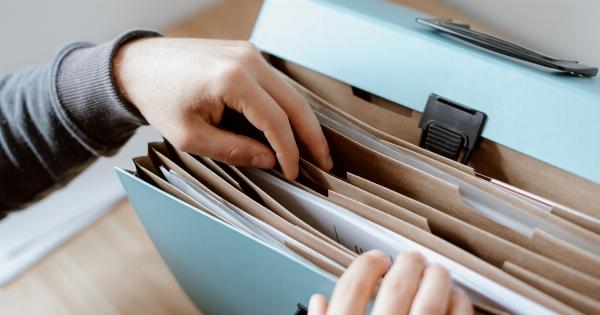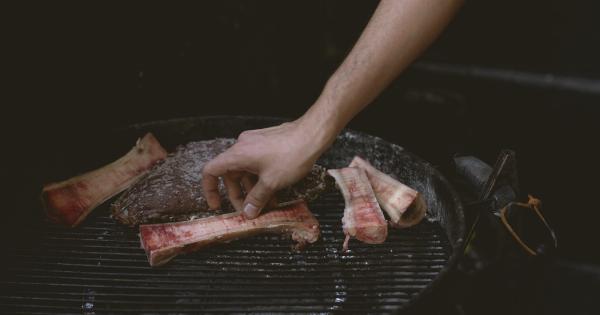Owning a dog comes with the responsibility of ensuring their health and well-being. While most pet owners remember to feed their furry companions, many overlook the importance of properly cleaning their dog’s bowls.
Failure to do so can have severe consequences for both the dog and their human family members. In this article, we will delve into the potential risks associated with improper dog bowl hygiene and emphasize the significance of maintaining a clean feeding routine.
The dangers of bacterial contamination
One of the most significant risks linked to dirty dog bowls is bacterial contamination. When food is left in a bowl for an extended period, it becomes a breeding ground for harmful bacteria, such as E. coli and Salmonella.
These bacteria can pose serious health hazards to both dogs and humans. Dogs can experience stomach infections, vomiting, diarrhea, and, in severe cases, even organ failure. Meanwhile, humans who come into contact with contaminated bowls can also fall ill and may experience symptoms like nausea, abdominal pain, and fever.
Food residue attracting pests
Another consequence of improperly cleaning dog bowls is the attraction of pests. If leftover food or grime is not properly washed away, it can entice ants, flies, and even rats into your home.
These unwelcome visitors are not only a nuisance but can also spread diseases. When pests have access to dog bowls, they can contaminate the remaining food, leading to potential infections for your beloved pet.
Allergies and skin irritations
Dirty dog bowls can also trigger allergies and skin irritations. When bowls are not adequately cleaned, they may accumulate dust, dirt, and various allergens.
These particles can then come into contact with your dog’s sensitive skin, leading to itching, rashes, and redness. Additionally, dogs that suffer from food allergies may have their conditions exacerbated by residue left behind in the bowls. Regularly cleaning and sanitizing dog bowls can help prevent these unwanted skin issues.
Dental health implications
The condition of a dog’s oral health is intricately connected to their overall well-being. Neglecting to clean their bowls can have adverse effects on their dental health.
Bits of leftover food can accumulate in the bowls, creating a breeding ground for bacteria that can lead to gum disease, tooth decay, and bad breath. By regularly cleaning your dog’s bowls, you can help maintain their oral hygiene and prevent potential dental issues.
Preventing the growth of biofilms
One lesser-known consequence of improper dog bowl hygiene is the formation of biofilms. Biofilms are slimy layers that form when bacteria adhere to the surface of a bowl.
These biofilms are not only unappetizing but can also make it more challenging to clean the bowl effectively. By consistently cleaning and sanitizing dog bowls, pet owners can prevent the buildup of these biofilms and ensure their dog’s food and water is free from harmful pathogens.
Steps for proper dog bowl cleaning
Now that we understand the potential risks associated with dirty dog bowls, it is crucial to establish a proper cleaning routine. Here are some steps to follow:.
1. Rinse the bowl after each meal
After your dog finishes eating, take a moment to rinse out the bowl with warm water. This simple step helps remove any leftover food particles and makes the subsequent cleaning process easier.
2. Use hot, soapy water
Regularly clean your dog’s bowls by washing them with hot, soapy water. Dish soap is effective in breaking down any grease or grime that may have accumulated.
Pay close attention to any stubborn residue and use a sponge or brush to scrub it off thoroughly.
3. Disinfect the bowls
After washing, it is essential to disinfect the bowls to eliminate any lurking bacteria. There are various pet-safe disinfectants available on the market, or you can create your own by mixing water and vinegar.
Be sure to thoroughly rinse the bowls after disinfecting to prevent any residual tastes that may discourage your dog from eating.
4. Dry before use
Allow the bowls to air dry completely before using them again. Moisture can encourage the growth of bacteria, so ensuring the bowls are entirely dry reduces the risk of contamination.
5. Clean surrounding areas
Alongside cleaning the bowls, pay attention to the surrounding area where your dog eats. Wipe up any spills or food remnants promptly to discourage pests and bacteria from lingering.
6. Regularly replace worn-out bowls
Over time, dog bowls may develop scratches, which can harbor bacteria. It is important to periodically inspect and replace worn-out bowls to maintain optimal cleanliness and prevent any potential health issues.
Conclusion
Properly cleaning dog bowls is an essential aspect of responsible pet ownership. Failure to do so can result in bacterial contamination, attracting pests, allergies, dental health issues, and the formation of biofilms.
By following a few simple steps for cleaning and maintaining your dog’s bowls, you can significantly reduce these risks and ensure the health and well-being of your furry friend.
